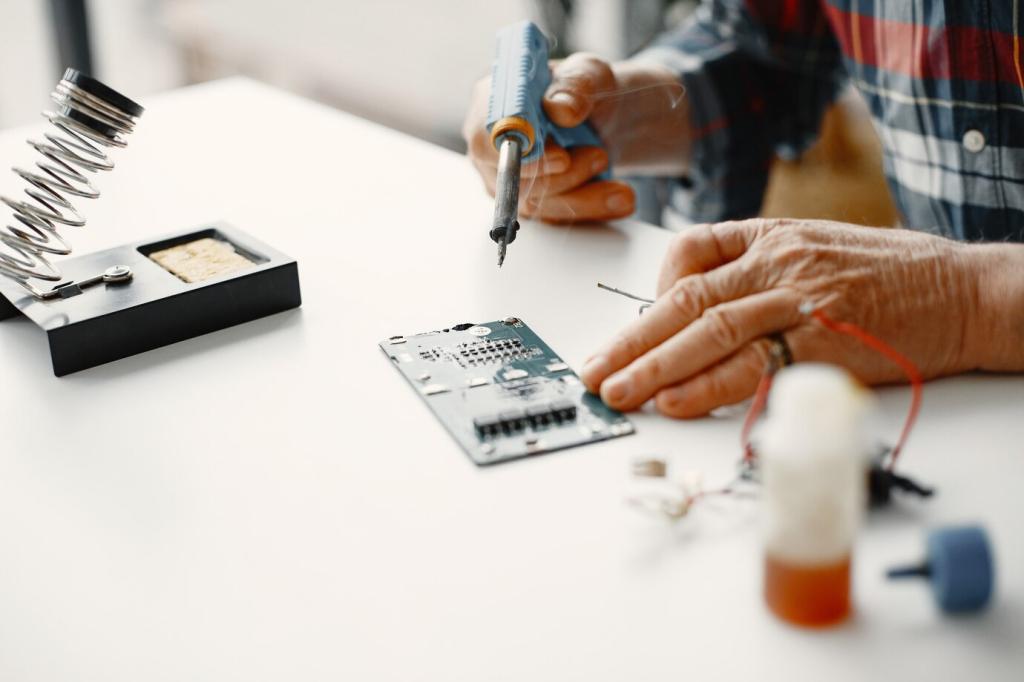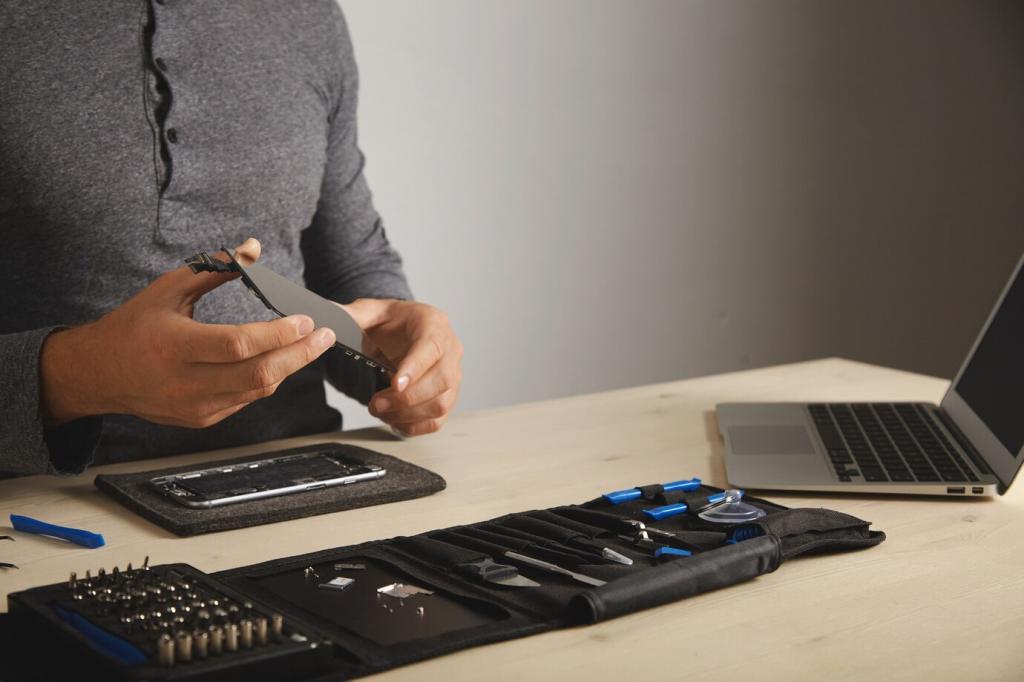Large Repairs and Clean Cut-Outs
Cut to straight lines, ideally from stud to stud, and add blocking where needed. Measure twice and dry-fit new drywall. Have you dealt with plumbing or electrical nearby? Ask questions before cutting to avoid surprises.
Large Repairs and Clean Cut-Outs
Use paper tape for flat seams, pre-creased paper for inside corners, and metal or vinyl bead for outside corners. Coat, let dry, and skim wider each pass. Share photos of corners—descriptions help us advise details.








